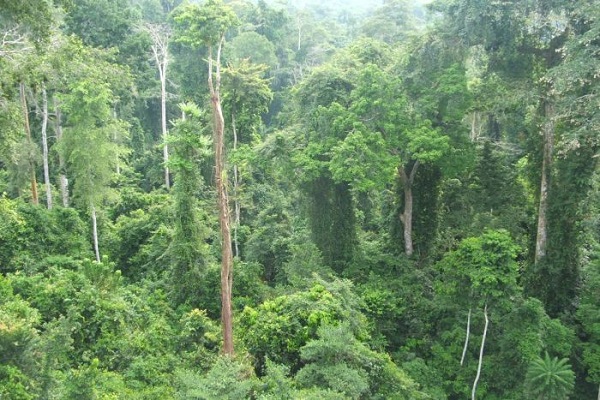On – Going Programmes and Projects of Forestry Commission
In executing its vision, mission and objectives, the Forestry Commission collaborates with local and international forest and wildlife development agencies to implement numerous projects including:
Ghana Forest Investment Programme (GFIP) (Additional Financing) (AF) (2020-2023) World Bank
The Project “Enhancing Natural Forests and Agro-forest Landscapes” is one of the two projects of the GFIP financed under the Strategic Climate Fund (SCF) of the Climate Investment Funds (CIF) through the World Bank (WB). Subsequently, the Ministry of Lands and Natural Resources (MLNR) has received funding and effectiveness to implement an Additional Financing Component.
The Project Development Objective (PDO) is to improve forest and tree management practices by cocoa farmers, CREMA communities, and forest reserve managers to reduce forest losses and degradation and demonstrate rehabilitation of Mined-out sites in selected landscapes in the High Forest Zone. The Project is being implemented in the Bono, Ahafo, Bono East, Ashanti, Western and Western North Regions where deforestation and carbon sequestration potentials are high.
The Project aims to reduce degradation in both forest reserves and off-reserve areas, which will also contribute to reducing emissions and enhancing carbon stocks. It seeks to enhance and increase social benefits and community empowerment by focusing on groups that depend on natural resources for their food and energy needs. Additionally, the Project finances the strengthening of government organisations in policy implementation, improvements in management practices in the field, capacity building, and communication.
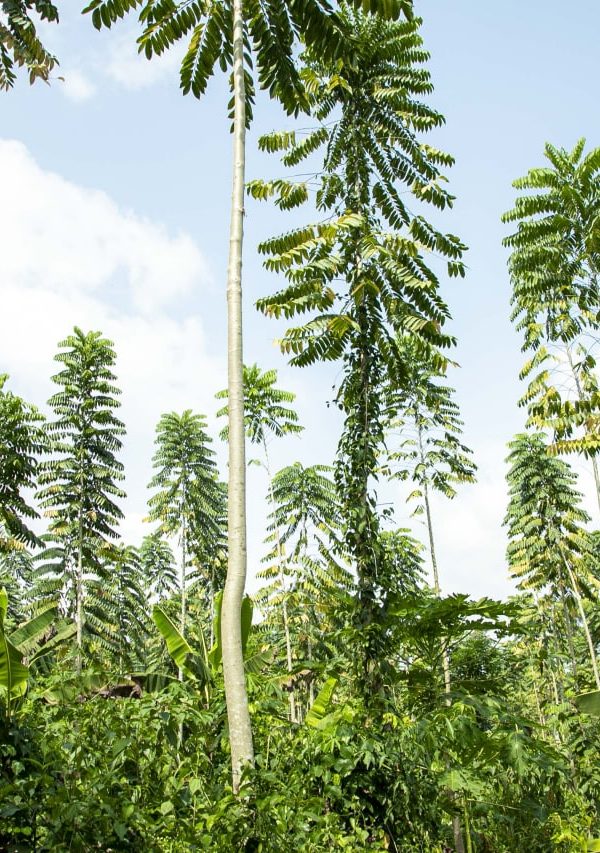
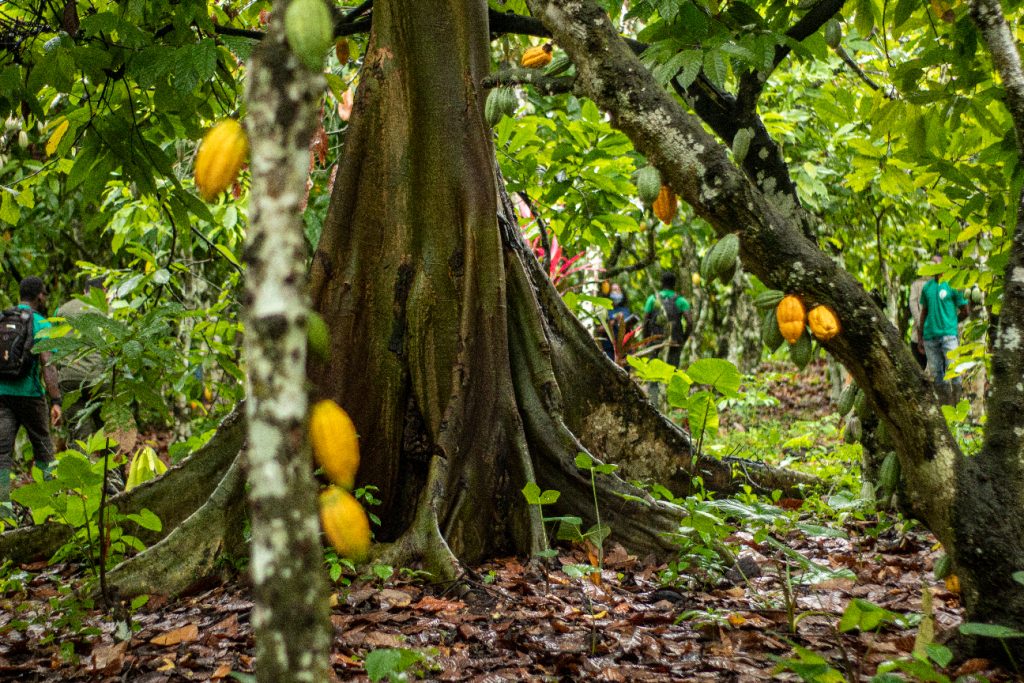
Ghana Cocoa Forest REDD+ Program (GCFRP) (2020-2025) World Bank
Ghana’s Emission Reductions Program (ER-Program) for the Cocoa Forest Mosaic Landscape was selected into the Forest Carbon Partnership Facility (FCPF) Carbon Fund in June 2017, with the aim to receive results-based payments for reducing emissions from deforestation and forest degradation.
The Project Development Objective (PDO) is to make payments to the Ghana Cocoa Forest REDD+ Program (or the Program’) for Measured, Reported, and Verified Emission Reductions related to reduced deforestation, forest degradation, and the enhancement of forest carbon stocks (ER payments) in targeted landscapes of Ghana (or ‘Program Area’), and to distribute ER payments in accordance with an agreed-upon Benefit Sharing Plan.
The Program is results-based, which means that Ghana will deliver the ERs through appropriate actions and measures for reducing emissions in accordance with the program design, and payments for the ERs will be made by the WB in accordance with the terms of the ERPA.
Ghana Landscape Restoration & Small-Scale Mining Project (GLRSSMP) (2021-2025)
International Development Association (IDA), Global Environment Facility (GEF), Global Partnership for Sustainable and Resilient Landscapes (PROGREEN)
The GLRSSMP is a multi-agency Project with the Ministry of Environment, Science, Technology and Innovation (MESTI) and the Ministry of Lands and Natural Resources (MLNR) having an oversight responsibility over the Project and also builds on the implementation record and lessons of the Ghana Sustainable Land and Water Management Project (SLWMP).
The Project Development Objective (PDO) is to strengthen integrated natural resource management and increase benefits to communities in targeted savannah and cocoa forest landscapes. It will be implemented in two landscapes: Northern Savannah Zone (including the Guinea Savannah ecological zone, the Sudan Savannah ecological zone, and the upper portion of the Transitional ecological zone) and Cocoa Forest Landscape (including parts of the Forest ecological zone and lower parts of the Transition ecological zone, which also includes the Pra River Basin).
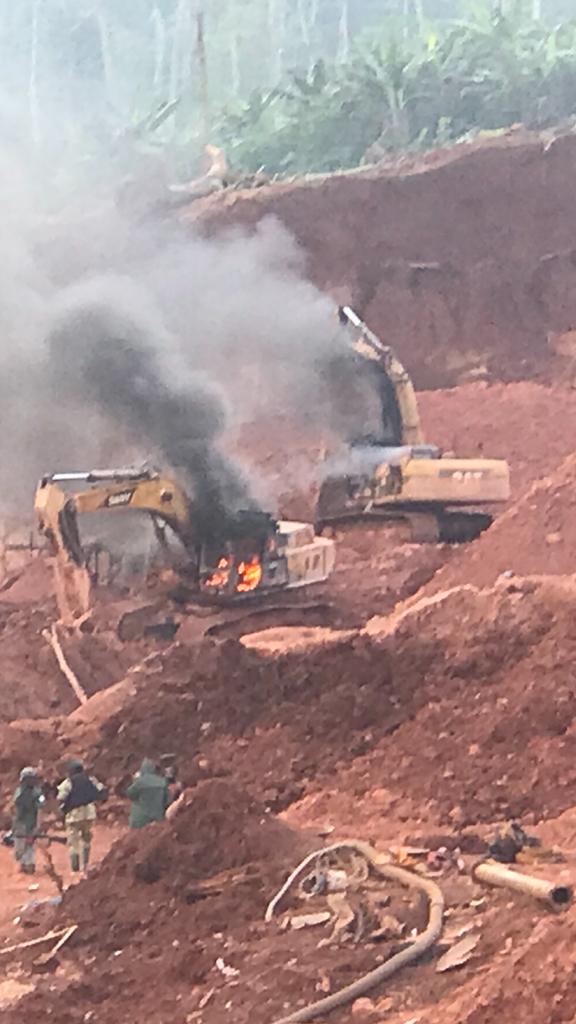
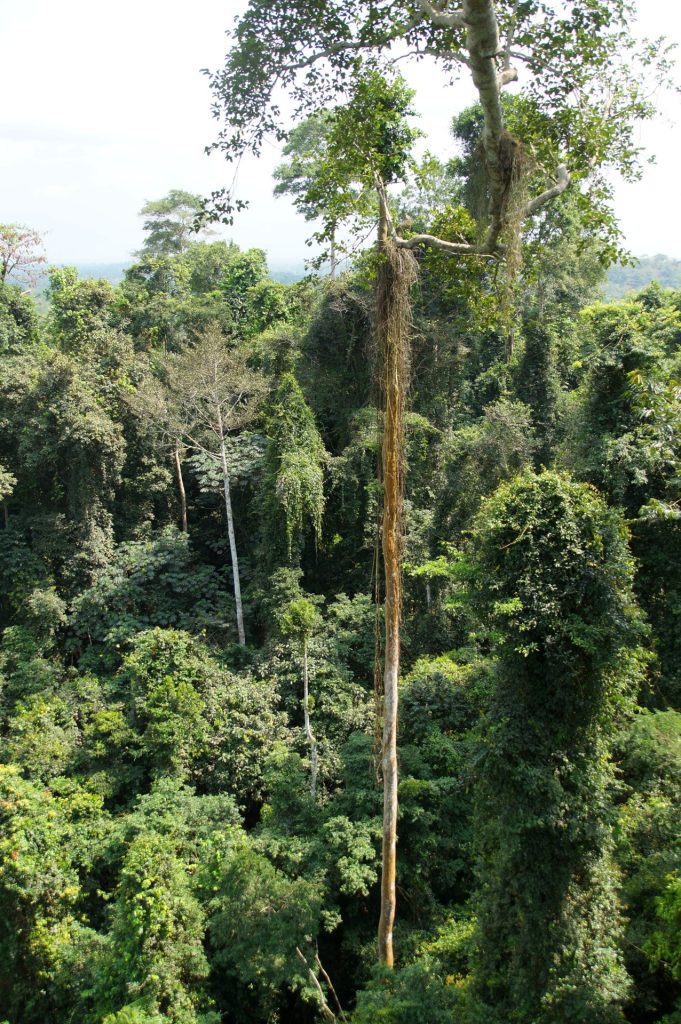
Ghana Forest Plantations Development Strategy (GFPS) (2016-2040) Government of Ghana (GoG), Private Sector
The goal of the GFPS is “to achieve a sustainable supply of planted forest goods and services to deliver a range of economic, social and environmental benefits.”
The FPS is anchored on three (3) main interventions namely, the development of forest plantations (FP), enrichment planting (EP), and trees-on-farm (ToF) (farm forestry). These interventions are intended to restore the ecological integrity of Ghana’s landscapes, attenuate the timber supply deficit, and improve food security and livelihoods for forest-dependent communities while harnessing the opportunities of carbon and ecosystem services markets. The specific interventions are geared towards enhancing the recovery, resilience, functionality, and sustainability of the country’s ecosystems in addressing the prevailing timber supply deficit, enhancing food security and economic opportunities for the rural communities, while at the same time creating opportunities for the country to access the emerging carbon and ecosystem services markets.
The Project Development Objective (PDO) is to make payments to the Ghana Cocoa Forest REDD+ Program (or the Program’) for Measured, Reported, and Verified Emission Reductions related to reduced deforestation, forest degradation, and the enhancement of forest carbon stocks (ER payments) in targeted landscapes of Ghana (or ‘Program Area’), and to distribute ER payments in accordance with an agreed-upon Benefit Sharing Plan.
The Program is results-based, which means that Ghana will deliver the ERs through appropriate actions and measures for reducing emissions in accordance with the program design, and payments for the ERs will be made by the WB in accordance with the terms of the ERPA.
Ghana Shea Landscape Emission Reductions Project (GSLERP) (2021-2028)
Green Climate Fund (GCF)
This Project will restore degraded savannah forests and strengthen livelihoods in this area through enhanced ecosystem services. It will do this, among a number of measures, by supporting self-financing community management to restore savannah forests and by using public-private partnerships to restore degraded shea parklands. It will also strengthen REDD+ systems. Shea landscapes are important sources of carbon storage, and they can improve adaptive capacities by making ecosystems more resilient. The harvesting of nuts from shea trees which are used in cosmetics, is a key source of livelihoods in the Region and provides critical economic support to women in particular.
